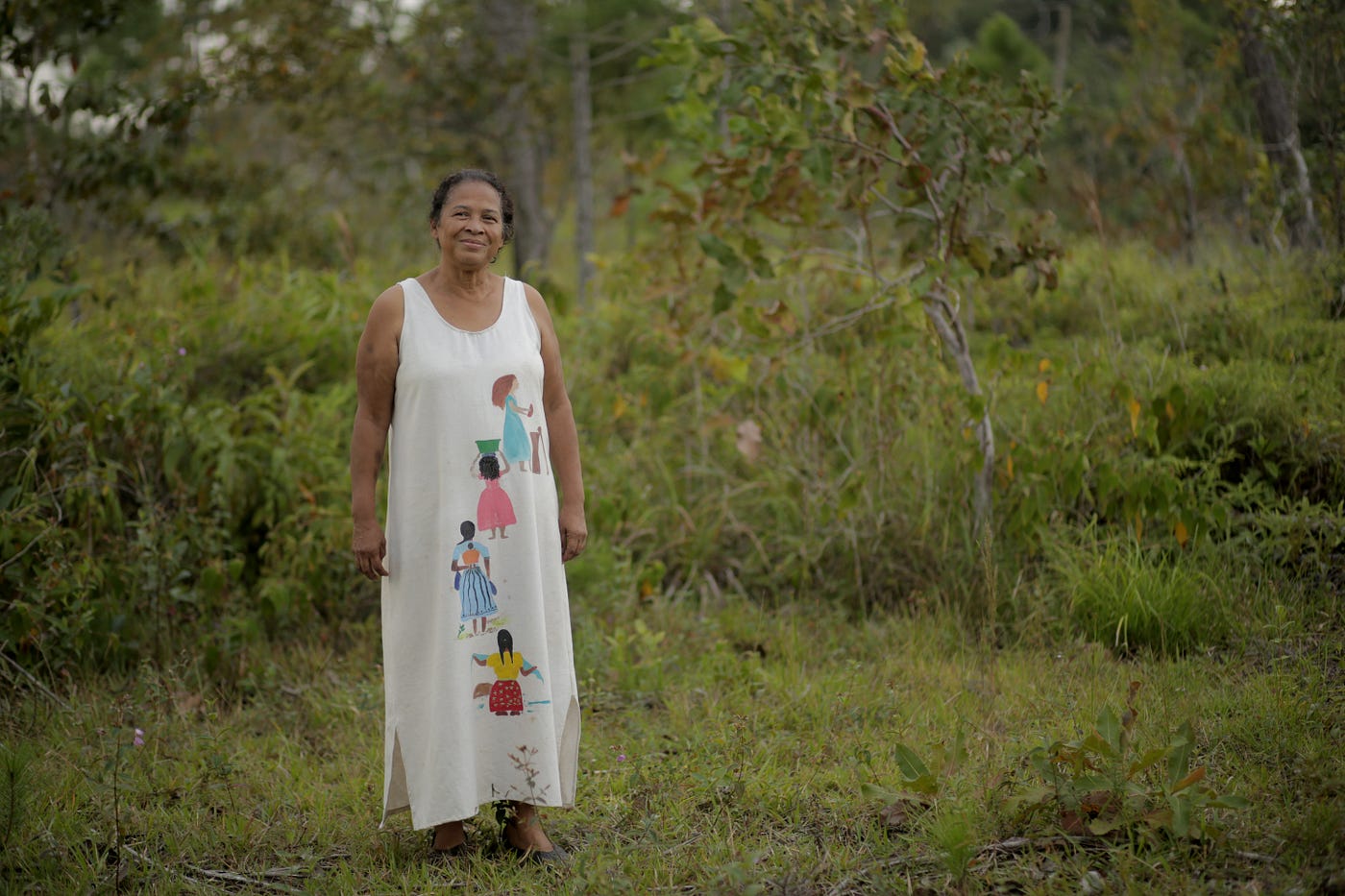Land. It is a commodity like no other. We live on it. We grow from it. We drink from it and build our futures upon it. But — increasingly and frighteningly so — we don’t share it equally.
The distribution of land has long defined the gap between rich and poor. Now new data shows clearer than ever how the way in which land is being shared and managed profoundly impacts extreme and rising inequality, and the achievement of women’s and girl’s rights.
With the largest 1 percent of farms operating more than 70 percent of the world’s farmland, it is time that we called out the problem of extreme land inequality. And committed to ending it.
And at this moment of reckoning in the wake of Covid-19, it is vital that we reconceive our understanding of land rights as core to addressing broader inequalities and the climate crisis — as well as to issues such as pandemics, democracy, and migration.
Land inequality is significantly higher than we knew: a trend that directly threatens the livelihoods of 2.5 billion people involved in smallholder agriculture and food production.
The wealthiest 10% of the rural population captures 60% of all agricultural land value. The poorest 50% of the rural population only controls 3%. That farms are increasingly owned and controlled by a decreasingly few corporate and financial actors is alarming.
The land grab of the wealthy few, yes, squeezes value into ever fewer hands. But at every step we learn how this grab takes away from the people who have a sustainable connection with the land they control — and whose expertise, long-term planning and diversity of crops and methods is unparalleled. We’re talking about women smallholder farmers.
Image Credit — Michael Benanav


And so addressing land inequality must begin with rebalancing power in favor of women — the rural women who make up no less than a quarter of the world’s population.
Gender equality in land rights can only exist when women and men can equally acquire and enjoy land rights that are secure, and are equally protected when threatened.
The reality is that while rural women may feed their families, communities and beyond, they’re growing food on somebody else’s land.
Women suffer the consequences of inequality most harshly. Women make up more than 43% of the agricultural labour force, yet own less than 15% of the world’s land. When they do, it’s usually of poorer quality and on smaller plots. It is far from a poor country problem. In the EU, for example, women’s agriculture holdings are barely more than a third that of men.
And it’s not just about women’s role in agriculture. Without secure land rights, women are vulnerable to land grabbing, domestic violence, and forced marriage if they remain widowed — deepening the cycle of inequality. Rural and indigenous women see their land and territories as an extension of themselves, and thus equate violence against their land with violence against their own bodies.
For decades — from household decision-making to traditional community practices, national enforcement of laws to international policy — rural and indigenous women have long fought for change.
Solutions therefore begin by standing in solidarity with those women. We need a culture shift that embraces, not resists, women’s ability to shape natural resources’ governance. First by recognizing land inequality for what it is and putting it on the agenda.
Second, it means addressing grotesque imbalances of power — women’s leadership must be recognized and their voices heard, not ignored or silenced.
In many parts of the world, traditional norms prevent women from participating in the same decision-making spaces as men. One of these rights includes the right to own, use and make decisions on their land on equal terms with men. Although 164 countries legally recognize this globally, only 52 countries guarantee these rights in practice.
Image Credit — Michael Benanav


Governments must do better. They must invest in rural and indigenous women’s access to policy spaces to share their experiences and push their demands.
And third, it means putting definitive plans in place and implementing them.
Governments must protect women’s land and territorial rights — and meet land rights targets in the Sustainable Development Goals that governments agreed to, especially by providing and enforcing legal frameworks that guarantee women’s equal rights to land ownership and control.
Companies, too, must play their role — including ensuring zero tolerance towards the exploitation of andviolence against the women who work across their supply chains.
Moreover, governments, corporations and other stakeholders are making commitments for the next five years under the Beijing+25 Action Coalitions. We’re counting on them to make these truly count for women.
Our world has neglected land inequality — and the violation of women’s human rights at its heart — for far too long.
Achieving land rights and addressing the underlying inequalities that undermine those rights must now be our collective priority, if we are to rebuild the world anew, sustainably and more equally in the wake of Covid-19.
This blog was originally posted on Medium. Gabriela Bucher is the Executive Director of Oxfam International and Michael Taylor is the Director of the International Land Coalition. Both organisations recently released new data on the state of land inequality: Uneven Ground: Land Inequalities at the Heart of Unequal Societies.



